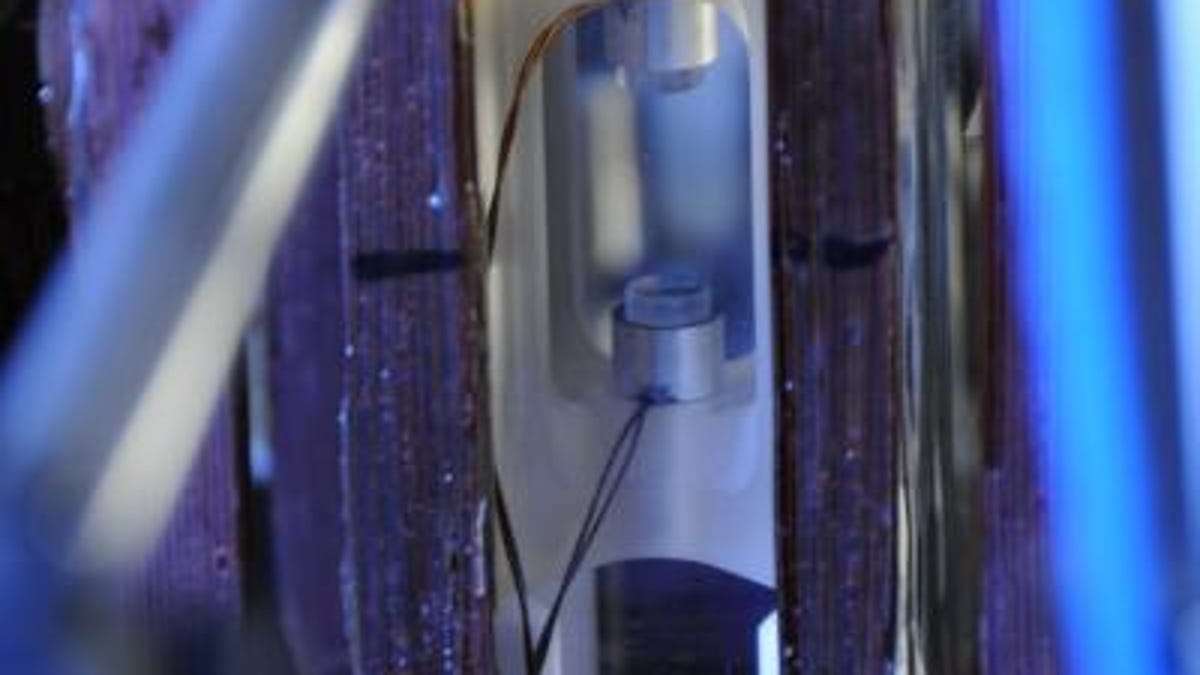Superradiant laser is super stable
Physicists create a prototype of a very stable, although dim, laser which could improve atomic clocks and equipment, such as GPS, which rely on them.

Physicists have engineered a significantly more stable laser, an advance which could lead to better atomic clocks for equipment, such as GPS satellites, and physics experiments.
Researchers at the JILA, a joint institute of the National Institute of Standards and Technology and the University of Colorado, have built a prototype of a superradiant laser using 1 million rubidium atoms. Their work was described in a paper published in Nature yesterday.
Using a different structure than traditional lasers, the researchers believe they can build a laser which is 100 to 1,000 times more stable. These lasers could be used in passive atomic clocks to more accurately track atoms' exact frequency.
This would make devices that use atomic clocks, including GPS satellites, optical communications, and astronomy, more accurate. More stable atomic clocks could also be used in experimental physics, the researchers said.
In a normal laser, atoms are excited with energy so they emit photons of light. A laser keeps these photons in a cavity with two mirrors, causing the photons to fly off, reflect off the mirrors, and induce more photons to be emitted from other atoms at the same frequency. These synchronized waves leak out of the cavity in a beam of light.
In the superradiant laser built by JILA/NIST physicist James Thompson and colleagues, photons don't ricochet in the laser's cavity very long. As a result, photons are released from the cavity and don't cause disruptions in the laser's wave. This makes the laser's output very stable, according to a description from JILA/NIST.
Thompson's construction technique also means that the light is far dimmer than traditional lasers. "This superradiant laser is really, really dim--about a million times weaker than a laser pointer," Thompson said in a statement. "But it is much brighter than one would expect from the ordinary uncoordinated emissions from individual atoms."
Even with the dimmer light, Thompson believes the super-stable laser can be controlled for useful purposes, such as atomic clocks and experiments.

